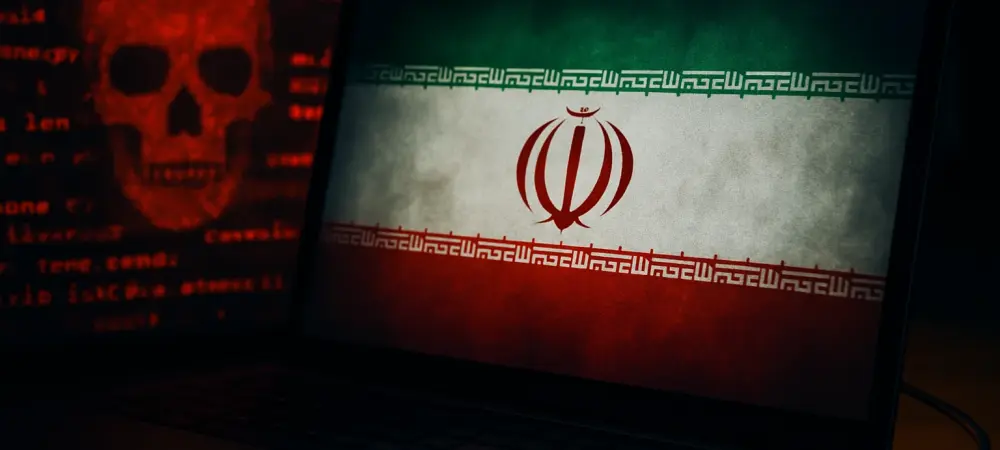In recent months, an alarming increase in cyber-attacks orchestrated by Iranian hacker groups has captured the attention of security experts and policymakers. These attacks, predominantly aimed at critical U.S. infrastructure sectors such as transportation and manufacturing, coincide with escalating geopolitical tensions in the Middle East. Iranian groups linked to the government—MuddyWater, APT33, OilRig, CyberAv3ngers, FoxKitten, and Homeland Justice—have intensified efforts to target U.S. entities amid the ongoing Israel-Iran conflict. This situation presents significant challenges to cybersecurity measures and raises pressing questions regarding the resilience of U.S. infrastructure.
Escalating Geopolitical Tensions and Cyber Threats
The Israel-Iran conflict has long been a catalyst for cyber aggression, significantly affecting global cybersecurity dynamics. Understanding attacks on U.S. infrastructure is crucial, especially since similar threats have been observed across several nations in previous years. As pro-Iranian cyber teams increase their efforts, monitoring these activities becomes vital to safeguarding industries pivotal to the economy, such as transportation and manufacturing. Enhanced research focusing on Iranian cyber threats informs and aligns with global initiatives to fortify cybersecurity defenses.
Methodology, Findings, and Implications
Tracking the Threats
Researchers employ sophisticated tracking and analysis methods to monitor Iranian cyber-attacks. Data sourced from industry leaders like Nozomi Networks serves as the backbone of this investigative process. They analyze attack patterns, vulnerabilities exploited by hackers, and emerging strategies. By keeping tabs on recent attacks, security experts gain insights into the evolving methodologies employed by Iranian hacker groups, shedding light on targeted sectors and companies.
Unprecedented Findings
Recent data reveals a stark rise in cyber-attacks, with Nozomi Networks identifying 28 such events from May to June, doubling the count from the previous period. Iranian hacker organizations employ tactics exploiting vulnerabilities in unpatched software and relying on common password usage, targeting companies within telecommunications, defense, and energy sectors. Specifically, groups like MuddyWater and APT33 have revealed their focus on U.S. entities, underscoring a persistent threat that demands proactive measures.
Strategic Implications for the U.S.
U.S. cybersecurity and infrastructure face significant risks as these threats persist. The Cybersecurity and Infrastructure Security Agency (CISA) has underscored potential retaliation scenarios in cyberspace linked to U.S. involvement in Middle Eastern disputes. Leveraging this intelligence, entities must refine their response strategies, fostering collaboration across federal, state, and local levels to enhance protective measures against these relentless cyber adversities.
Monitoring Techniques and Looking Ahead
Challenges in Cybersecurity Monitoring
In monitoring Iranian cyber threats, the complexities inherent in cybersecurity defense surface prominently. The intricate process of tracking threats demands continuous vigilance and sophisticated technology, while traditional defense mechanisms struggle to adapt to rapidly changing attack methodologies. It is imperative that research evolves to bolster areas lacking robust strategies and responses against this persistent cyber threat.
Directions for Future Research
Looking beyond current challenges, important questions remain unanswered about enhancing cyber resilience in infrastructure. Future research must address gaps in current defense frameworks, investigating innovative solutions to mitigate risks associated with cyber threats. By crafting better resilience strategies, governments and organizations can fortify defenses against the growing menace posed by state-affiliated hacker groups.
Conclusion
Recent investigations consolidated an unsettling rise in cyber-attacks from Iranian hacker groups targeting U.S. infrastructure. The stakes outlined in the current geopolitical environment highlight the need for continuous research and effective cybersecurity strategies. Proactive security measures are essential for robust responses against these sophisticated threats, preserving the integrity and stability of critical infrastructure. Moving forward, bolstering collaboration and advancing research in cybersecurity defense must be prioritized to mitigate threats and enhance resilience against evolving cyber dangers.

